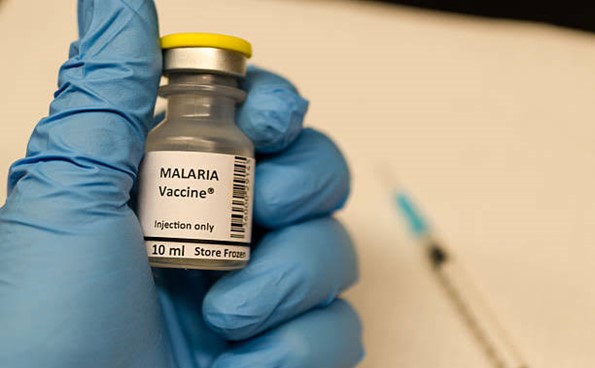At this very moment, the recommendations by the WHO officials was due to the positive results from an ongoing pilot program, which has been used for 800,000 children since 2019 in different countries such as Ghana, Kenya, and Malawi. The WHO director-general, Dr. Tedros Adhanom Ghebreyesus said, “This is a historic moment as the long-awaited malaria vaccine for children is a breakthrough for science, child health, and malaria treatment. Using this vaccine on top of existing tools to prevent malaria could save tens of thousands of young lives each year.”
It has been noted that malaria kills about half a million people each year, especially children under the age of 5. The new malaria vaccine, manufactured by the GlaxoSmithKline company and endorsed by WHO, will help prevent many of those cases. Philip Welkhoff, director for malaria at the Bill & Melinda Gates Foundation, described this innovation as “a historic milestone in vaccine development, scientific innovation for malaria. When introduced for African children under 5 next year in a targeted way as a complement to existing malaria interventions in eligible countries can help save tens of thousands more children from malaria each year.” This is not the first vaccine that has been produced against malaria but the first vaccine to target a parasite.
Meanwhile, some clinical studies are still ongoing concerning a cancer drug that has been suggested to be nearly 100% effective in helping defeat Malaria in just three days. Imatinib was originally produced by Novartis for the treatment of chronic myelogenous leukemia and other cancers. It works if you block specific enzymes involved in the growth of cancers.
Imatinib combination with other customary antimalarials has shown a clearance rate of malaria parasites within 48hours in 90% of the patients and 72hours clearance in 100% of patients. The patients receiving Imatinib were also relieved of their fevers in less than half of the time experienced by similar patients treated with the standard therapy. The organism responsible for malaria has shown complete halt and rest.
Malaria treatments have used drugs that target the parasite itself, but the microorganism eventually developed resistance to the drugs. “Because we’re targeting an enzyme that belongs to the red blood cell, the parasite can’t mutate to develop resistance — it simply can’t mutate proteins in our blood cells,” Low said. “This is a novel approach that will hopefully become a therapy that can’t be evaded by the parasite in the future.”
Malaria is caused by a single-cell parasite, Plasmodium, which is carried by mosquitoes. The World Health Organization estimates that the disease caused 409,000 deaths in 2019 (the most recent year for which data is available). The WHO also notes that 67% of those deaths were in children under 5 years old.
The deadliest form of the parasite is P. Falciparum, and although most malaria deaths occur in sub-Saharan Africa, a variant of P. Falciparum that is developing drug resistance has become established in a corner of Southeast Asia, particularly in Cambodia, Myanmar, Thailand, Laos, and Vietnam. In some regions of the area, up to 80% of malaria parasites are at least partially drug-resistant
In October 2021, the officials of the World Health Organization (WHO) announced that they had officially approved the widespread use of malaria vaccine RTS, S / AS01 (RTS, S) for children in Sub-Saharan Africa, South Asia, as well as other areas with high transmission of the malaria-causing parasite, Plasmodium falciparum.
References
- https://www.healthline.com/health-news/from-vaccines-and-gene-editing-to-malaria-treatments-the-important-medical-innovations-of-2021
- https://www.purdue.edu/newsroom/releases/2021/Q4/update-therapeutic-malaria-treatment-shown-to-be-100-effective-in-phase-2-trial.html

